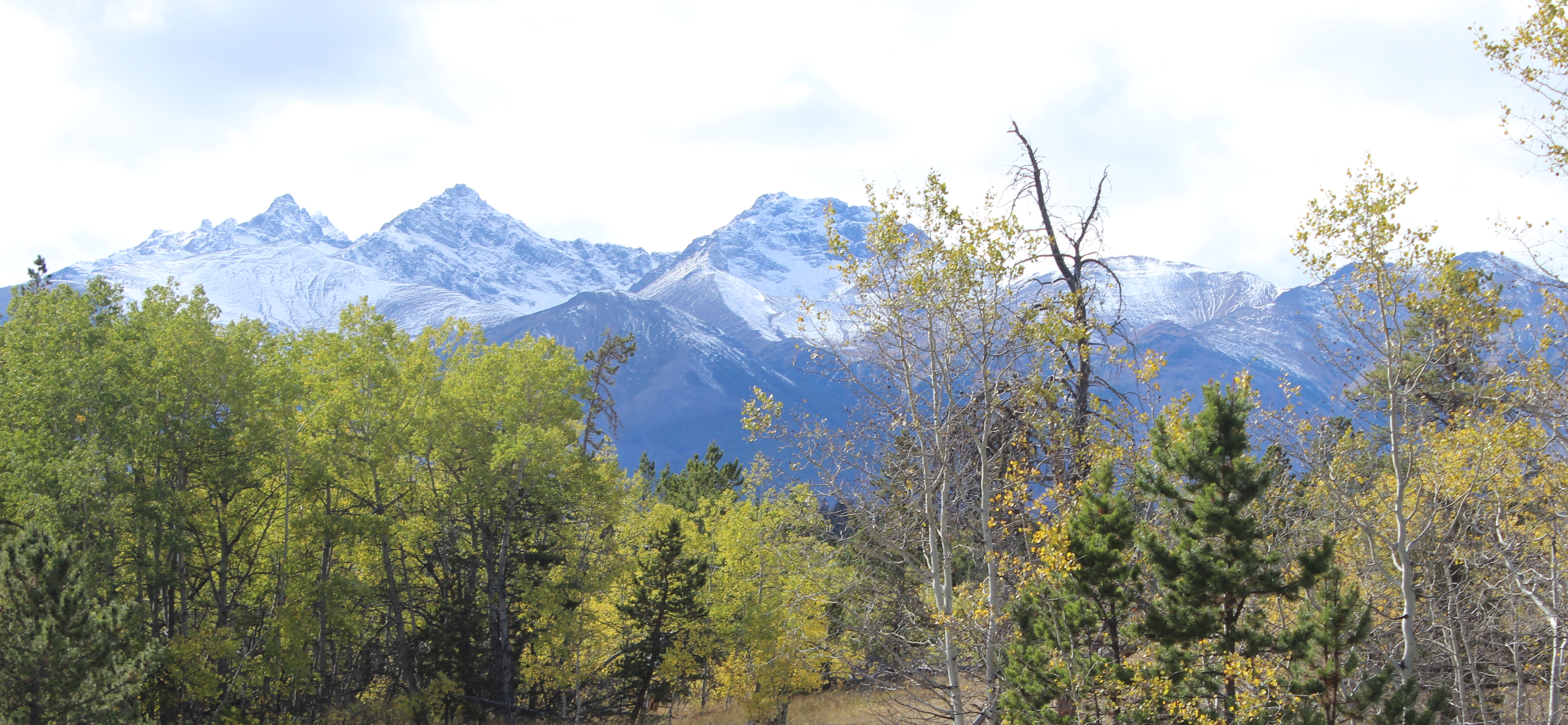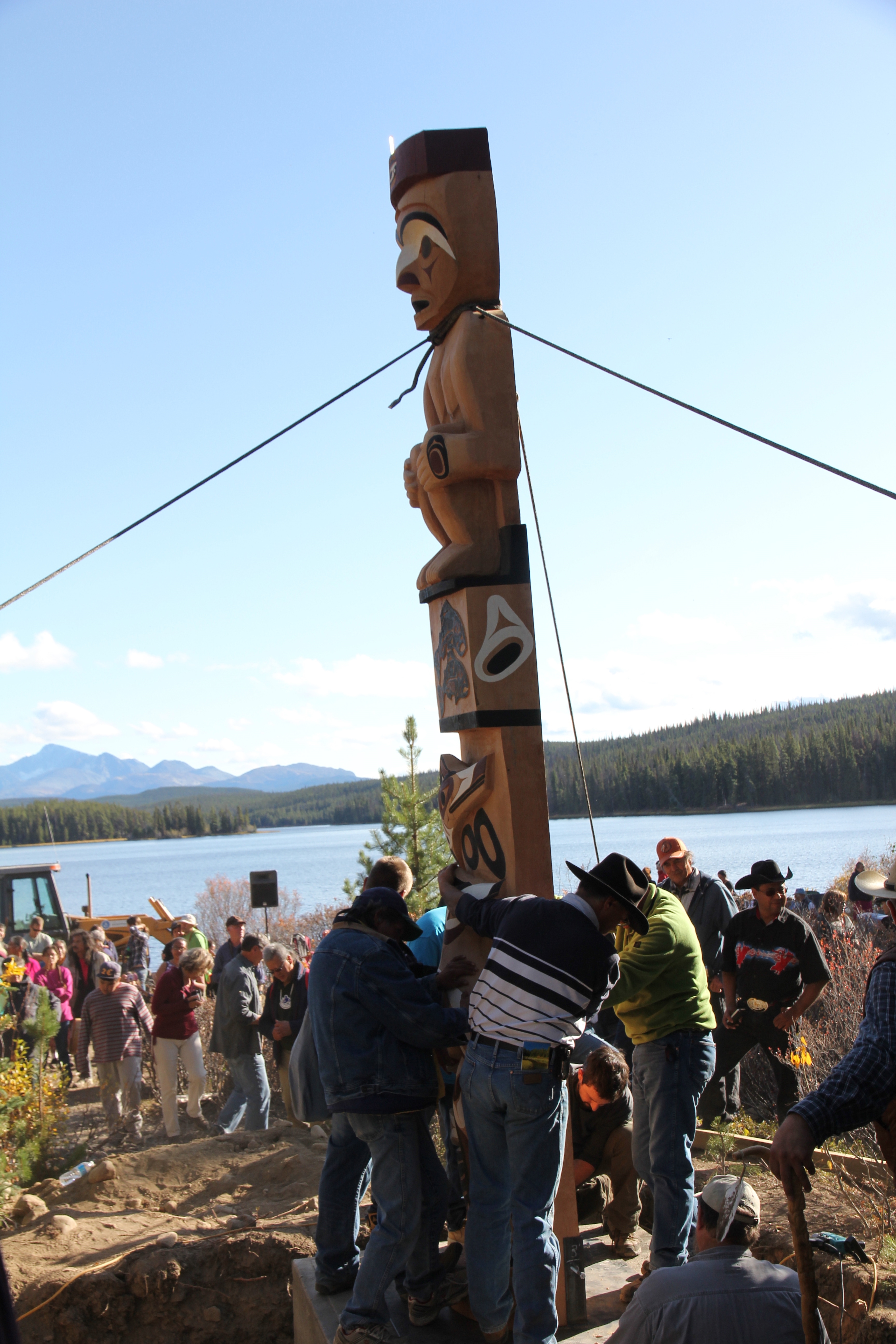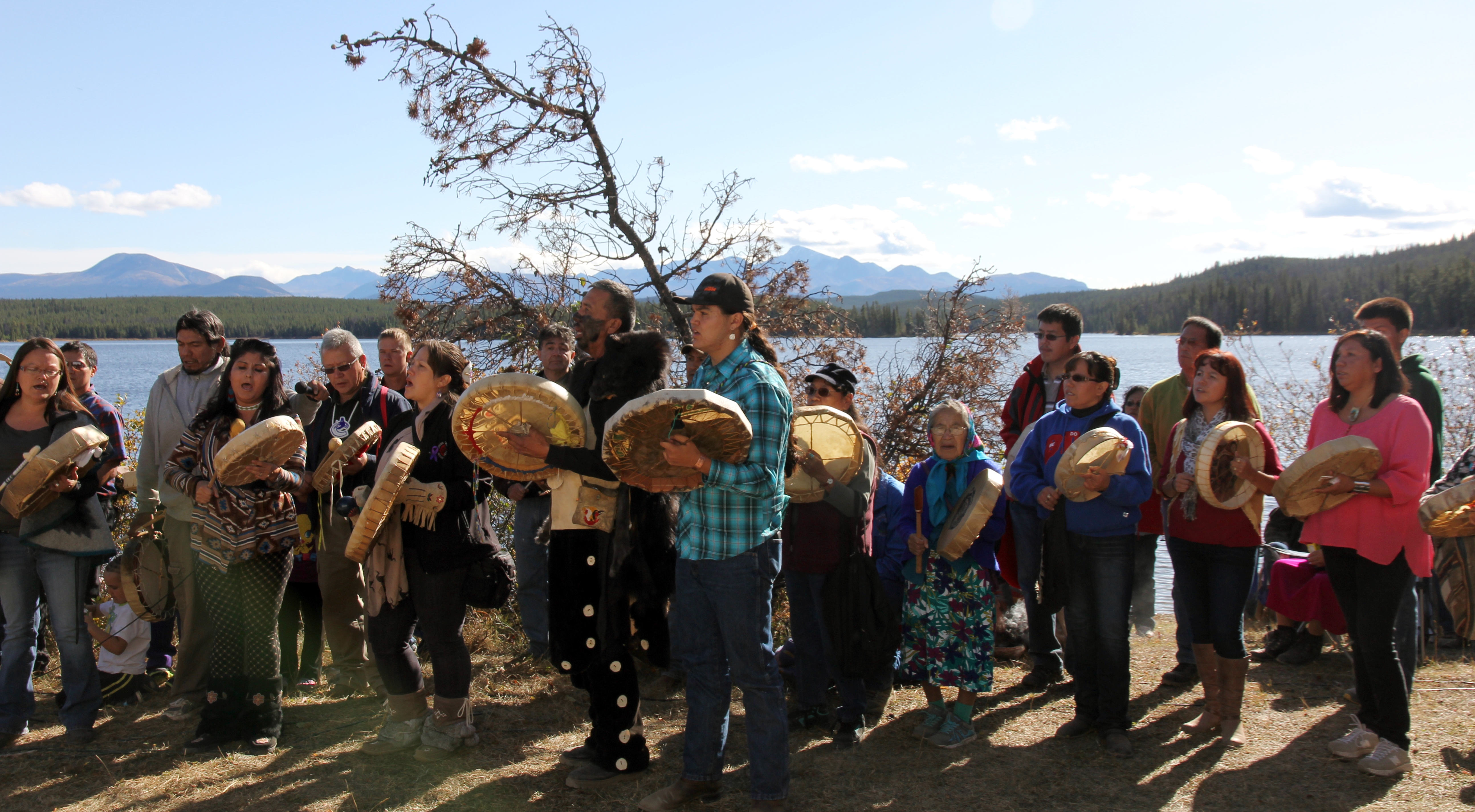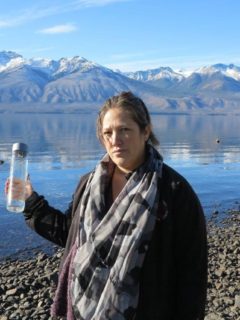
The Nemiah Valley and Nexwagwez?an
ALASKA / BRITISH COLUMBIA

The Tsilhqot’in people have protected a spectacular part of central British Columbia’s Nemiah Valley for thousands of years. Today, they are continuing that active stewardship by establishing a tribal park on lands which they refer to as “Nexwagwez?an,” or “it is there for us.” With these determined efforts to ensure that future generations can say the lands, waters, and wildlife of this region are “there for us,” the Tsilhqot’in have repeatedly made history.
Nemiah Valley is 10 hours by car from Vancouver including several hours on a gravel road. Remoteness, however, hasn’t kept the area out of the sights of forestry and mining interests. Chief Roger William first went to court to protect this area from proposals to clearcut timber in 1990 on behalf of the Xeni Gwet’in First Nation Government and the other five members of the Tsilhqot’in Nation.
Through court battles that lasted nearly a quarter of a century, the First Nations persevered in their efforts to get a declaration of Aboriginal title over these lands, commonly known as the Brittany Triangle and the Trapline Territory. After hundreds of days of trial time and numerous appeals, in 2014 the Supreme Court of Canada handed down an historic unanimous ruling which recognized for the first time ever Aboriginal title to a specific piece of land.
“We feel like we live with our environment
and we’re part of it.”
The title lands comprise approximately 470,000 acres in the traditional territories of the Xeni Gwet’in and Yunesit’in First Nations. After the court ruled in favor of the Tsilhqot’in, Chief William of the Xeni Gwet’in and Chief Russell Myers Ross of the Yunesit’in governments met with community members and worked with the Tsilhqot’in National Government to coalesce a vision for their land. In October 2014, the Yunesit’in and Xeni Gwet’in designated Dasiqox Tribal Park, an area of approximately 791,000 acres. This designation expresses the communities’ desire to develop and manage their own land and to exercise their traditional ways of life, balanced with ecologically sound activities.

Photo: Dawn Hoogeveen
Although tribal parks are not a designation recognized by the Province or Federal government, First Nations in Western Canada have created about a dozen for the conservation of biological and cultural diversity. Over time, BC and the Federal government have also granted formal protections in some cases. For example, in 1981 the Haida First Nation declared Gwaii Haanas Tribal Park; in 1993 they signed an agreement with the Canadian Government to designate Gwaii Haanas as a National Park Reserve and Haida Heritage Site. The Stein Valley Tribal Heritage Park declared by the Lytton and Mt. Currie First Nations in 1989 was recognized by the Province of BC as Stein Valley Niaka’pamux Heritage Park in 1995.
Tribal parks are just one of many kinds of “Indigenous Protected Areas” or stewardship and governance arrangements that Indigenous communities and First Nations have created to effect stronger ecological and cultural protection in their territories; for some, an IPA is a declaration of sovereignty. To Chief Myers Ross, the designation of Dasiqox Tribal Park is about far more than setting aside a piece of land. “We want to make sure that it’s not just a traditional park,” says Chief Ross. “We feel like we live with our environment and we’re part of it.”

The designation of Dasiqox on this unique ‘rain shadow’ forest ecosystem was only possible because many people defended the area for decades. Former Chief and current Xeni Gwet’in Councillor Marilyn Baptiste was awarded the 2015 Goldman Environmental Prize for protecting Fish Lake in the Dasiqox area from a proposed gold mine. In 2011, Baptiste became a one-woman/one-truck blockade that prevented mineral exploration by a convoy of trucks and equipment. She was determined to uphold the Xeni Gwet’in’s 1989 Wilderness Preserve Declaration that prohibited mining, commercial logging and dam building in the area, and she succeeded. To Marilyn, the call to action then and now is simple: “Our connection to the land is integral. We can’t live without our land,” she said in a keynote address at the Canadian Environmental Grantmakers Network in 2016.
Wilburforce partner Dr. Jonaki Bhattacharyya, an ethnoecologist and research manager for The Firelight Group in Victoria, has assessed the challenges and opportunities First Nations in British Columbia face in designating indigenous protected areas in her May 2016 report titled “Priorities and Needs for First Nations Establishing Indigenous Protected Areas in British Columbia.”
According to Dr. Bhattcharyya, “Tribal Parks and Indigenous Protected Areas embody the heart of conservation, addressing social justice issues and biocultural diversity. We know now that there is an essential link between biodiversity and cultural diversity that allows both people and wildlife to thrive in healthy ecosystems.” Dr. Bhattacharyya is also working with First Nations to craft a management plan for Dasiqox Tribal Park, or Nexwagwez?an. Cultural revitalization and sustainability will be integral to the management of this tribal park, ensuring that generations to follow can carry on the Tsilhqot’in way of life.



